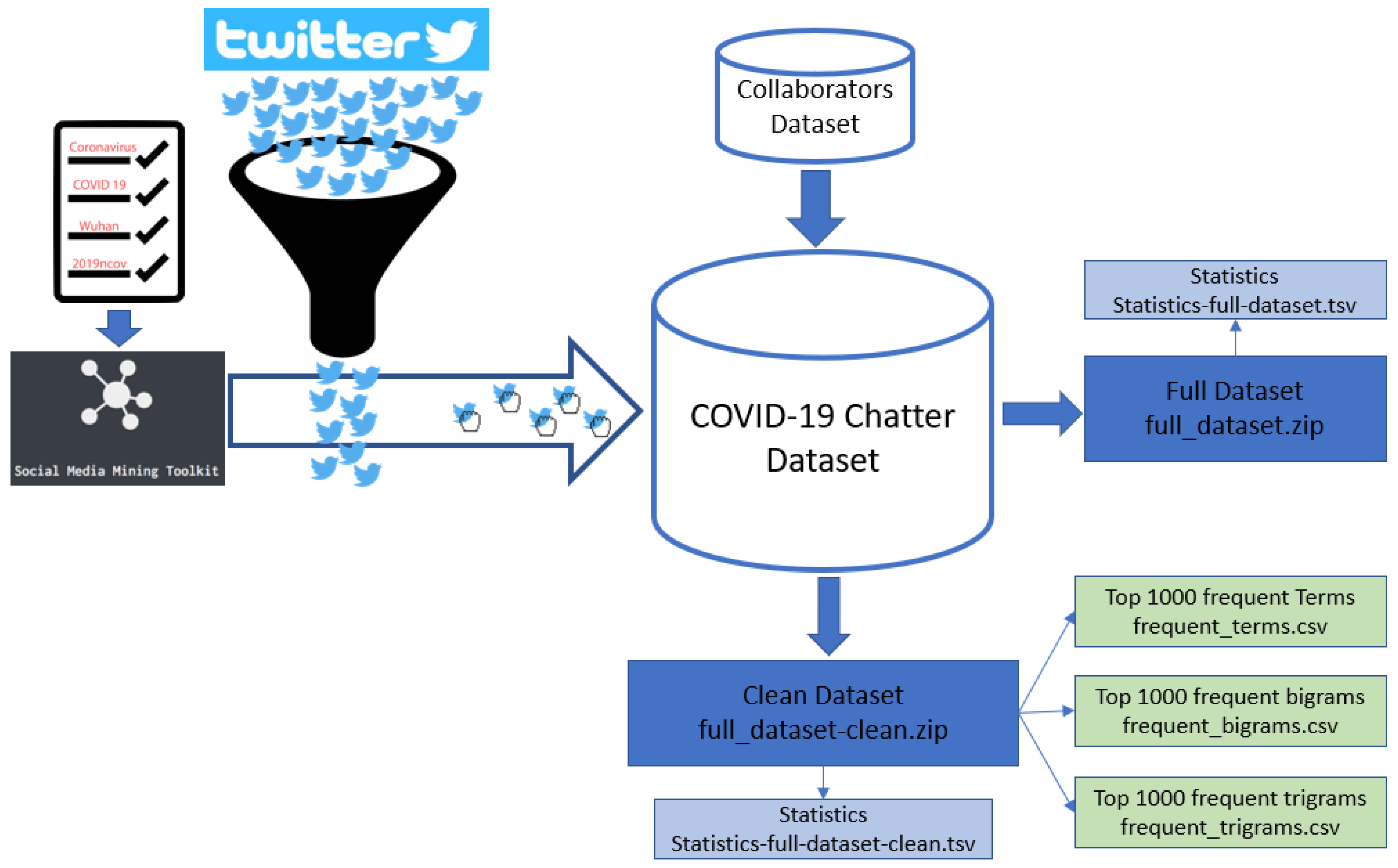
New study by LBI DHPS shows the value of Twitter as a crowdsourcing tool in finding possible ideas to fight the COVID-19 pandemic efficiently.
We were surprised by the range of ideas received, Twitter is proving to be an extremely powerful tool for rapid crowdsourcing on a large international scale
says Dr. Atanas G. Atanasov, leader of the study.
Crowdsourcing is considered a fast and innovative method to collect ideas from diverse participants with different backgrounds. Social networks can be used as a platform. Noting the public health challenges COVID-19 poses, researchers at the Ludwig Boltzmann Institute Digital Health and Patient Safety validated the use of Twitter as a crowdsourcing platform to gain an understanding of public opinion on the most effective response measures to obtain the pandemic. The results have now been published in Frontiers in Medicine.
“How can the COVID-19 pandemic be ended faster?”
The study was conducted from December 22, 2021 to February 4, 2022. Via Twitter, the authors asked the question “How can the COVID-19 pandemic be ended more quickly?” and also asked readers to comment on measures that could be particularly effective. Ideas were collected and divided into two groups – personal and institutional actions. Furthermore, a survey was carried out to determine which of the two groups of measures was considered crucial.
Wide range of ideas for measures
The campaign resulted in 17 suggested actions, which received a total of 1727 endorsements (comments, retweets and likes). The three most supported actions were: 1. Accessibility and equity in health (191); 2. Vaccine portfolio and optimized immunization strategies (189); 3. Trust in experts and compliance with recommended measures (167). Other more unconventional ideas have also been proposed, such as the establishment of human milk banks for vaccinated milk or the development of aerosol vaccines. The supplementary poll yielded 325 votes, with 58% supporting the importance of both personal and institutional action.
Due to the excellent results of the work, the authors are convinced of the great potential of Twitter as a crowdsourcing tool for future campaigns in the healthcare sector.
Publikation:
Mondal H, Parvanov ED, Singla RK, Rayan RA, Nawaz FA, Ritschl V, Eibensteiner F, Siva Sai C, Cenanovic M, Devkota HP, Hribersek M, De R, Klager E, Kletecka-Pulker M, Völkl-Kernstock S, Khalid GM, Lordan R, Găman M-A, Shen B, Stamm T, Willschke H and Atanasov AG (2022)
“Twitter-based crowdsourcing: What kind of measures can help to end the COVID-19 pandemic faster?”
Conclusions
A popular social media platform, Twitter, was utilized successfully for crowdsourcing ideas on how to end the COVID-19 pandemic faster. During the 45 days of crowdsourcing, a total of seventeen suggested measures were yielded that received a total of 1,727 endorsements. Two distinct groups of measures have emerged from the ideas shared by Twitter users. One is personal measures, and the other group is institution-mediated measures. Personal endeavors include keeping trust in expert advice, lifestyle modifications, taking nutritional supplements, care for others, and psychological adjustments. Institutional measures that were suggested included accessibility and equality of healthcare access, generating a portfolio of vaccines, strategic funding, transparency in data presentation and raising scientific knowledge awareness, strengthening containment, free or affordable consumables like N95 masks, limiting commercialization of products needed to combat the pandemic, appropriate usage of disinfectants, rapid development of pharmaceuticals, punishments and rewards for denying and following recommended measures, and early detection and treatment of the disease. The measures framed by Twitter users were overall in line with many of the aspects of current national and international guidelines to combat the COVID-19 pandemic. In summary, our work exemplifies how Twitter can be utilized as the primary tool for crowdsourcing ideas with healthcare significance.
Front. Med. 9:961360. doi: 10.3389/fmed.2022.961360
https://www.frontiersin.org/articles/10.3389/fmed.2022.961360/full
SOURCE: Ludwig Boltzmann Institute Digital Health and Patient Safety
September 28, 2022
Additional Study
A Large-Scale COVID-19 Twitter Chatter Dataset for Open Scientific Research—An International Collaboration
Abstract:
As the COVID-19 pandemic continues to spread worldwide, an unprecedented amount of open data is being generated for medical, genetics, and epidemiological research. The unparalleled rate at which many research groups around the world are releasing data and publications on the ongoing pandemic is allowing other scientists to learn from local experiences and data generated on the front lines of the COVID-19 pandemic. However, there is a need to integrate additional data sources that map and measure the role of social dynamics of such a unique worldwide event in biomedical, biological, and epidemiological analyses. For this purpose, we present a large-scale curated dataset of over 1.12 billion tweets, growing daily, related to COVID-19 chatter generated from 1 January 2020 to 27 June 2021 at the time of writing. This data source provides a freely available additional data source for researchers worldwide to conduct a wide and diverse number of research projects, such as epidemiological analyses, emotional and mental responses to social distancing measures, the identification of sources of misinformation, stratified measurement of sentiment towards the pandemic in near real time, among many others.

Source:
Banda, Juan M., Ramya Tekumalla, Guanyu Wang, Jingyuan Yu, Tuo Liu, Yuning Ding, Ekaterina Artemova, Elena Tutubalina, and Gerardo Chowell. 2021. “A Large-Scale COVID-19 Twitter Chatter Dataset for Open Scientific Research—An International Collaboration” Epidemiologia 2, no. 3: 315-324.
https://doi.org/10.3390/epidemiologia2030024
